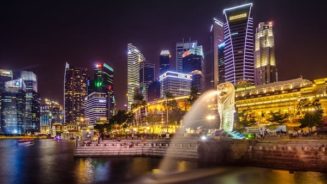The report which was published by Hong Kong’s Securities and Futures Commission is entitled “Risk-focused Industry Meeting Series: G-SIFI Trends in Risk and Risk Mitigation” and follows a series of meetings conducted by the regulator’s risk and strategy unit between March and August 2013 with senior executives of G-SIFIs.
During the meetings, the SFC said discussions focused on the evolution of risk and on measures for risk mitigation, against the backdrop of changing business models and market structure as well as product innovation.
The report highlights:
- Aspects of best practices adopted by G-SIFIs for the purpose of risk identification and risk mitigation; and
- Forward-looking themes to achieve continuous improvement by G-SIFIs in risk governance and risk culture.
"This new approach involves active engagement our Risk and Strategy unit with key industry players through open dialogue and is intended to enable the SFC to better identify emerging and systemic risk themes,” said SFC chief executive Ashley Alder. “The report is also intended to help financial institutions embed enhanced risk governance and risk culture at all levels within their organizations.”
The report discusses how firms can strengthen their risk culture via incentives, which includes a proper balance of rewarding good behaviour and punishing bad behaviour; by setting a strong tone from the top in deciding not to pursue businesses or activities which in the short-run may be lucrative, but in the long-run may threaten the reputation of the organization; by disentangling complex matrix reporting lines so that locally-based senior executives can have an up-to-date picture of local activities and associated risks; by further increasing the authority and prominence of the risk functions; and by adopting a forward-looking approach to risk identification through understanding the evolution of the business.
"Although best practices set out in the report show that progress has been made, more remains to be done. This requires a strong tone from the top on risk culture by local and global senior management, coupled with the necessary investment in risk governance systems and controls,” Alder added.
Click here to download a copy of the report




